No discernible impact. The LED itself would only be sensitive to the total lifetime, but reliability is measured in 10's of years.
Thermal failures due to packaging or wire bond failures are more likely, but the probability of failure is still very low. Most likely failure for a self-made system is the solder joints, or wires between the Led and PCB, or PCB and power source.
Thermal failures are caused by different rates of thermal expansion, and the resulting overstress this causes on the structure. Small stresses or stress cycles have negligible effect. Consider that the LED's plastic was probably molded and cured at +175 C -- it is always under stress.
The LED's thermal time constant is probably in the 10-100's of ms range. Cycling faster than that leads to very small temperature excursions which don't cause problems, and cycling slower than that limits the total number of cycles to a very small number.
